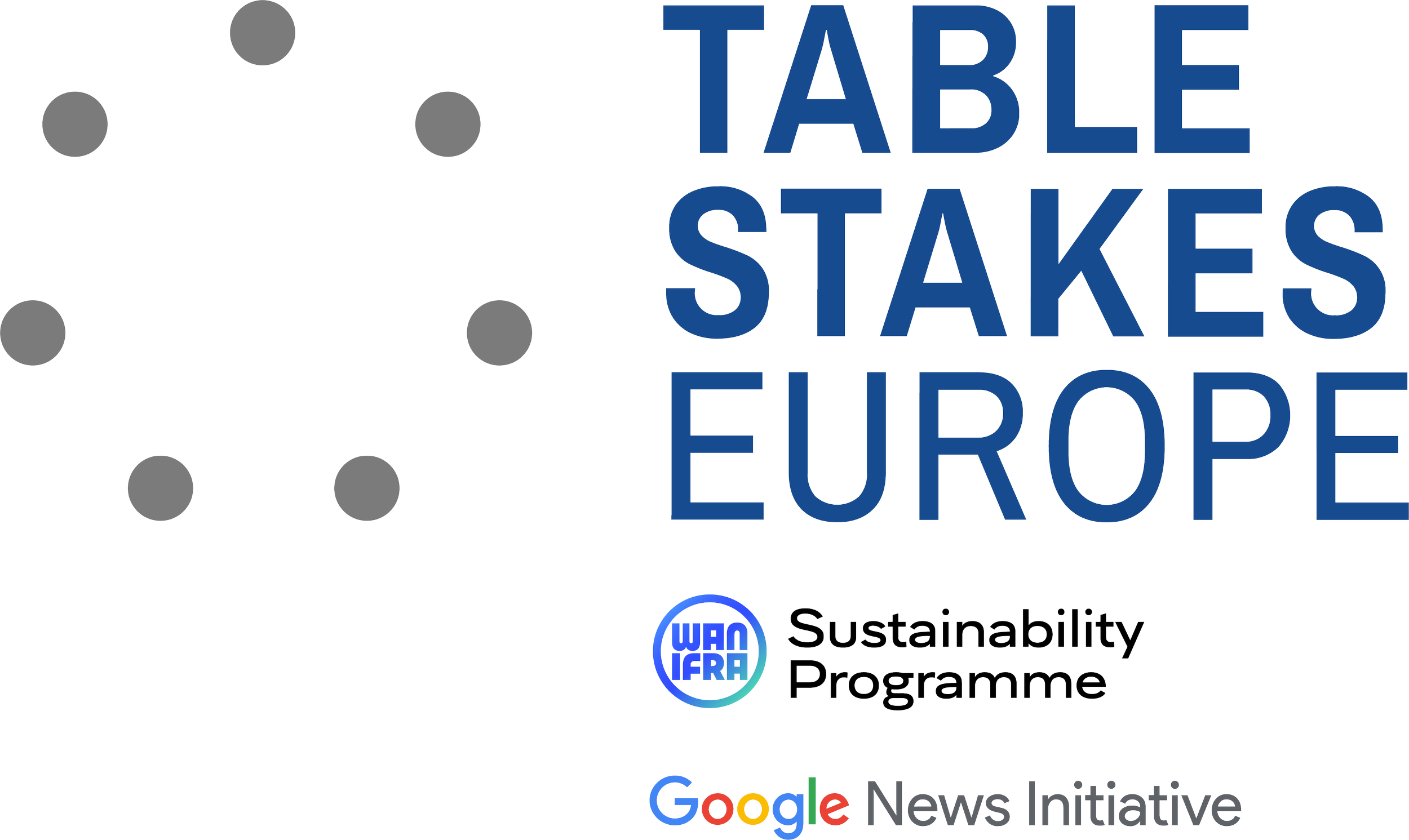Meet the TSE coaches: Pepe Cerezo Gilarranz
“It is important to realise that between 10-15 percent of our audiences, the most loyal readers, are those who generate the most important part of the business, 70-80 percent of all income,” says Pepe Cerezo Gilarranz, who has joined the coaching team for WAN-IFRA’s Table Stakes Europe programme.
Now entering its second round with a full line-up of new participating publishers, Table Stakes Europe, supported by the Google News Initiative, is continuing to build upon the successful track record of a US initiative designed and led by Doug Smith.
Cerezo is a digital strategist, and specialist in digital journalism, online media and new business models. He has more than 15 years of experience in new technologies, online business development and digital transformation of media organisations.
Cerezo was the director of research and digital strategy at Prisa between 2007 and 2012, and he has worked as a consultant for the main media in Spain and Latin America.
He has extensive knowledge on digital business, reader revenue, marketing and online advertising, and web analytics and wide experience in the implementation and development of digital projects through their strategic design, planning, implementation and monitoring phases.
Cerezo is also the author of two recent books: The Liquid Media, the transformation of business models (2018), and Subscription Models in the Press (2019).
Additionally, he is a professor of “Organisation and Management and Information Companies” at the University Carlos III of Madrid.
In this interview, he tells us what he’s looking forward to in working with teams in Round 2 of Table Stakes Europe and offers some advice on subscription models and digital transformation projects.
WAN-IFRA: What interests you most about being involved with Table Stakes Europe, and what are you most looking forward to about working with your teams?
Pepe Cerezo Gilarranz: The most important and exciting thing is to be able to help the local Spanish media in their process of digital business transformation, especially when it comes to promoting reader revenue models.
You’ve recently published a book about subscription models in the news industry. What are a couple of your general recommendations to news publishers on this topic? What are the 2-3 things they should pay most attention to?
From my point of view, the most important recommendation would be that the commitment to subscriptions should be considered as a long-term strategic project that affects the entire organisation. Another aspect to take into account is that each media company has to find its own particular model based on its differential value proposal for its market and its specific audiences.
Regarding the topics to pay attention to, there are many, but they could be summarised as: first, always having “my readers” in the focus, secondly betting on loyalty and retention, involving the editorial staff in the whole process and lastly always being able to innovate, not being afraid to fail.
You have also written a book about the transformation of media business models. What are the key factors needed for a successful digital transformation?
Logically, some factors coincide with those of the previous question, but from a strategic point of view I would highlight the need to create a digital culture throughout the organisation.
Moving from industrial process based companies to data oriented organisations. This requires creating new processes, eliminating the culture of silos, and betting on innovation with more flexible and agile structures.
Conversely, in your experience, at what stage do digital transformation projects tend to stumble and how can publishers avoid this?
The main problem is the lack of any strategy or a determined commitment by the management that involves the organisation. In other words, when the challenges of the transformation are not correctly identified. Thinking that the transformation is only of one area or one person in charge is usually a problem as well as expecting results in a very short period of time, which usually generates frustration in the teams.
When it comes to reader revenue, what is a realistic goal for publishers in their first few years in terms of the percentage of overall revenues? Is there a standard benchmark you use for measuring success?
It is difficult to establish an exact percentage since it depends on many factors. However, it is more important to realise that between 10-15 percent of our audiences, the most loyal readers, are those who generate the most important part of the business, 70-80 percent of all incomes. And it is precisely on these users that we have to focus our reader revenue strategies.
Aside from the global big name publishers, such as The New York Times, The Guardian or the FT, who are some publishers you see as having solid digital success that you would view as role models for more typical news publishers?
We have begun to observe a handful of good practices in all markets. In Northern Europe the Schibsted group is becoming a reference in digital transformation and specifically in the development of reader revenue models. I would also highlight native digital media that have found a successful digital model such as Mediapart in France or Elconfidencial or Eldiario.es in Spain, among many others.
Original article here.

